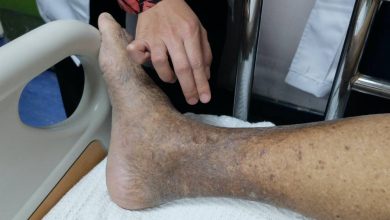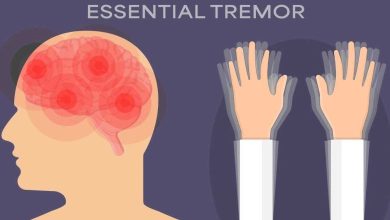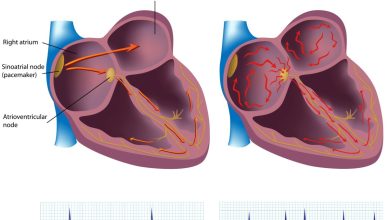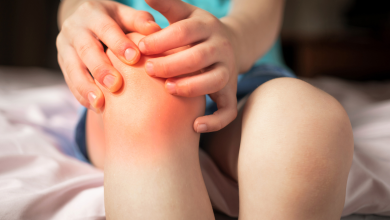Heat Rash Symptoms, Causes, Diagnosis and Treatment
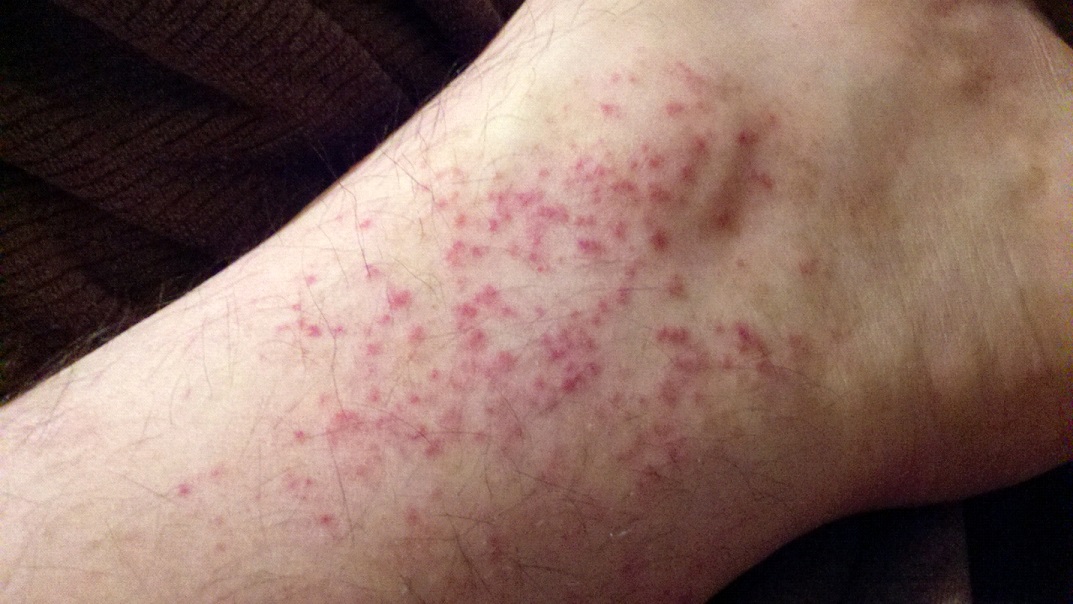
What is Heat Rash ?
Miliaria or heat rash is a common problem in humid, hot temperatures. Not only the babies, but it affects adults as well. Rash associated with heat rash tends to forms when the sweat ducts clog perspiration under the skin.
Moreover, some may develop superficial blisters whereas others may experience deep, red colored lumps. Few of its form may greatly itch or feel prickly. Normally, heat rash resolves on its own. However intense form may require medical aid. The best you can do to prevent and treat heat rash is by keeping your skin cool.
What are The Symptoms of Heat Rash ?
It is marked by the red color bumps on the skin. The rash may feel prickly, whilst one with heat rash may feel itching in his or her affected area. Often, adults forms heat rash on the skin areas where clothing sources friction, as well as in their skin folds. As far as the infants are concerned, they commonly develop heat rash on the chest, shoulders and neck. In addition to this, heat rash can also form in the groin, elbow creases and armpits of the infants.
What Causes Heat Rash ?
It is known to occur when some of the sweat ducts tend to block with perspiration. In the normal course of action, the perspiration evaporate, however for some unknown reason it become clogged underneath the skin, triggering inflammation, accompanied with rash.
As mentioned earlier, the precise reason behind the blockage tends to remain a mystery, though few factors are considered to contribute, these include the following:
- Tropical climates.
- Immature sweat ducts (infants).
- Physical activity.
- Overheating.
- Prolonged bed rest.
What are The Risk Factors of Heat Rash ?
Factors that increase your chances of heat rash are:
- Age: as compared to adults, newborns are more prone to develop heat rash.
- Tropical climates: individuals those who live in the tropics have more tendency to develop heat rash due to the hot, humid climates.
- Physical activity: strenuous exercises or work that involves physical activities can make you perspire more. Thus increasing the possibility of developing heat rash. In addition to this, wearing too much clothing can prevent the sweat to evaporate, consequently leading to the formation of heat rash.
What are The Complications of Heat Rash ?
Often, the condition resolves without causing any further problem. Though in rare cases, it results in infection with bacteria, sourcing itchy and inflamed pustules.
How is Heat Rash Diagnosis ?
No tests or procedures are needed to detect heat rash. A skin evaluation is enough to diagnose it.
How is Heat Rash treated?
It is advice to prevent your skin from overheating. Often, the action is enough to treat mild cases of heat rash. Heat rash resolves quickly after the skin is cooled. Ointments are needed for the intense cases. These help in averting complications and easing discomfort. These topical treatments can include the following:
- Anhydrous lanolin.
- Calamine lotion.
- Topical steroids.
Related Articles :
Wrinkles Symptoms, Causes, Diagnosis, Treatment and Prevention
Sunburn Symptoms, Causes, Diagnosis and Treatment
Sun allergy Symptoms, Causes, Diagnosis, Treatment and Prevention
Soy Allergy Symptoms, Causes, Risk Factors, Diagnosis and Treatment
Amyloidosis Symptoms, Causes, Diagnosis and Treatment
Actinic Cheilitis Symptoms, Causes, Diagnosis and Treatment
Plantar Warts Symptoms, Causes, Diagnosis and Treatment
Plague Symptoms, Causes, Diagnosis and Treatment
Common Warts Symptoms, Causes, Risk Factors, Diagnosis And Treatment
Scorpion Stings Symptoms, Causes, Complications, Diagnosis and Treatment
Polymorphous Light Eruption Symptoms, Causes, Risk Factors, Diagnosis and Treatment
Parvovirus Infection Symptoms, Causes, Diagnosis and Treatment
MRSA infection Symptoms, Causes, Complications, Diagnosis and Treatment
Limited Scleroderma Symptoms, Causes, Risk Factors, Complications, Diagnosis and Treatment
By : Natural Health News

